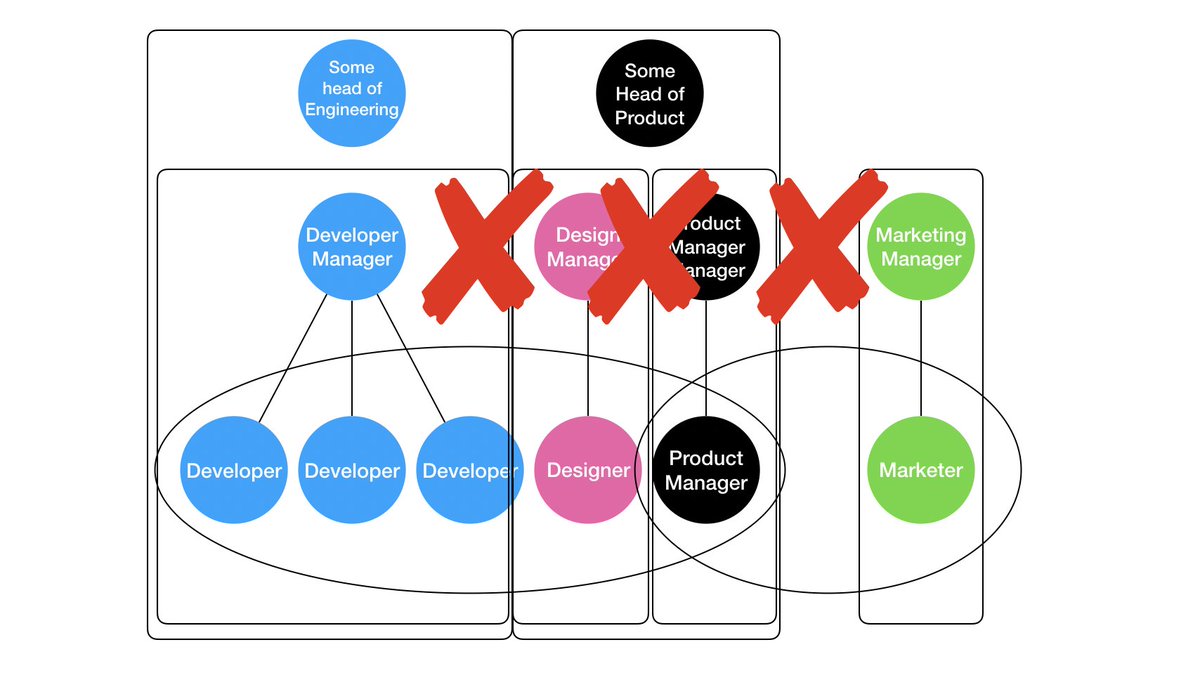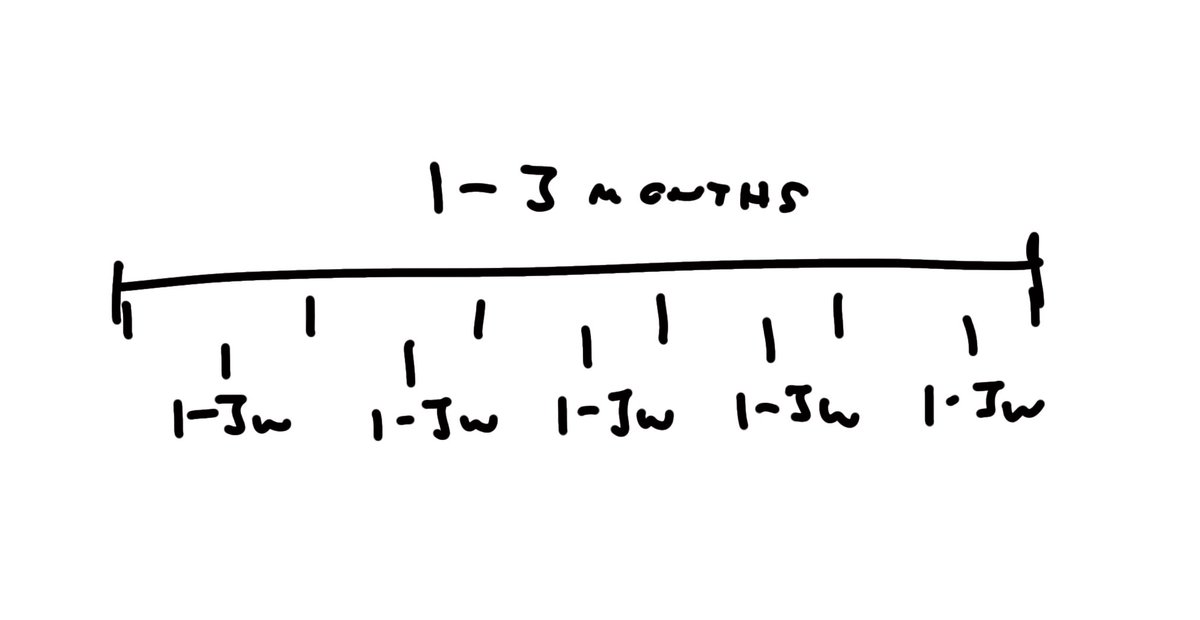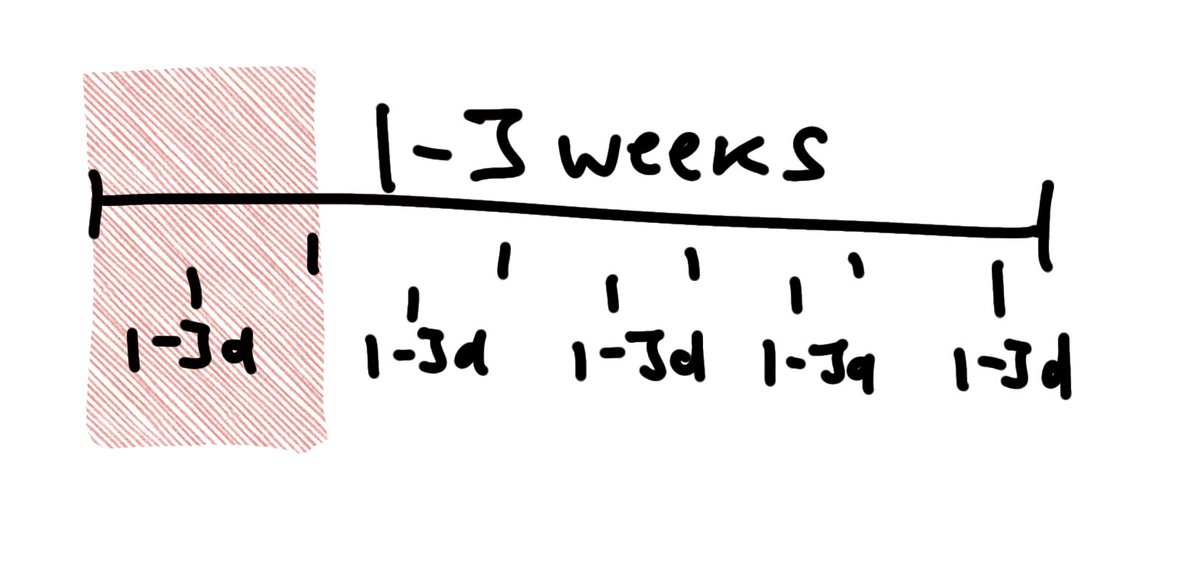
[Thread] An observation about some companies "at scale" or scaling...
The number of teams doing work for the sake of work ... that would be better off doing nothing (or garden, weed debt) ... can be overwhelming.
The need to keep people busy, becomes the org's undoing (1/n)
The number of teams doing work for the sake of work ... that would be better off doing nothing (or garden, weed debt) ... can be overwhelming.
The need to keep people busy, becomes the org's undoing (1/n)
..what organizations underestimate is the ballooning cognitive load and the web of dependencies (both explicit and implicit)
...this creeps on teams because it is possible, in the short term, to create a veneer of efficacy. To cover it up. To hire managers! Process! But.. (2/n)
...this creeps on teams because it is possible, in the short term, to create a veneer of efficacy. To cover it up. To hire managers! Process! But.. (2/n)
..it doesn't last. The underlying problems haven't gone away. The teams optimizes around the dysfunction.
It gets worse
The org assigns 10% of the team to fix the issues plaguing 90% of the work. The 90% work around the fixers. There's no way the 10% can keep up (3/n)
It gets worse
The org assigns 10% of the team to fix the issues plaguing 90% of the work. The 90% work around the fixers. There's no way the 10% can keep up (3/n)
..All the people hired to work need WORK. There are backlogs to fill. Roadmaps to pitch. Visions to communicate. New leaders to placate!
So we feed the beast ... hoping somehow that the systemic issues will fix themselves.But they don't. (4/n)
So we feed the beast ... hoping somehow that the systemic issues will fix themselves.But they don't. (4/n)
..all to say that once you've created a system that needs feeding you have a dilemma.
If you're investing work based on what you CAN ship, based on what you SHOULD ship ... and not working to equalize those two things ... it will come back to bite you (eventually) (end)
If you're investing work based on what you CAN ship, based on what you SHOULD ship ... and not working to equalize those two things ... it will come back to bite you (eventually) (end)
• • •
Missing some Tweet in this thread? You can try to
force a refresh












